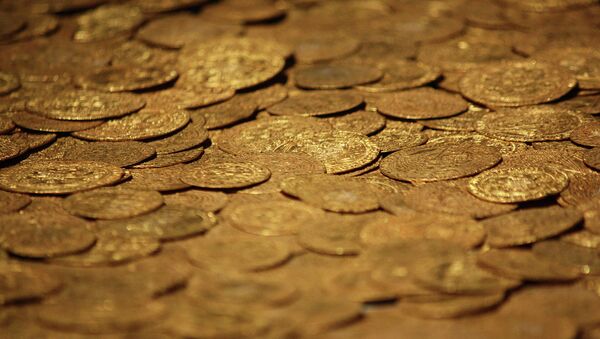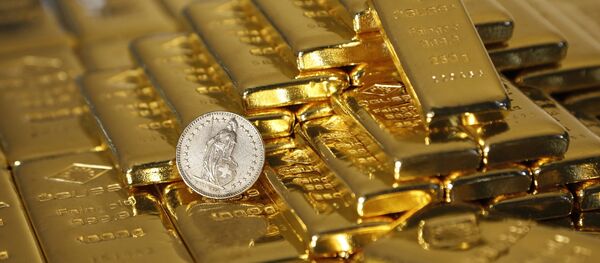Also onboard was an estimated 9.1 tons of gold. The stockpile was so massive that its loss was a major contributing factor in the US financial panic of 1857.
By today's estimates, the cargo onboard the "Ship of Gold" is valued at $300 million. With so much money on the line, ownership of the loot has been entrenched in legal battles ever since its discovery by Columbus-America Discovery Group in 1989.
In 1990, a federal court granted 90 percent of the findings to Recovery Limited Partnership, the salvage company which initially recovered parts of the wreck. The remaining 10 percent was divided between 39 insurance companies who had covered the costs of the disaster when it occurred.
Twenty four years later, Recovery Limited hired the Odyssey Marine Exploration group to continue archeological recovery. Those operations managed to find gold which had initially gone overlooked.
A single gold ingot sold for $8 million.
But last week, U.S. District Judge Rebecca Beach Smith rescinded Recovery Limited's title to the wreck, saying that allowing the company to mine the steamer was profit was tantamount to approving grave robbery.
"Were this court to allow Recovery Limited Partnership, the current salvor-in-possession, to enjoy immediate title to the artifacts it has recovered since early 2014, then the court would risk an 'unsupervised rush to the site to recover anything that could be grabbed,'" she wrote in her court decision.
Such an action could also diminish "public interest" in historic shipwrecks, she said.
"The wreck of the Central America is certainly a 'historic wreck,' considering the substantial loss of life and property and the storied history of the shipwreck", Smith said.
"A free finders-keepers policy is but a short step from active piracy and pillaging," Smith added.
Neither Recovery Limited nor Odyssey Marine Exploration has commented on the court's decision at this time.



